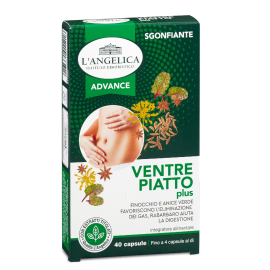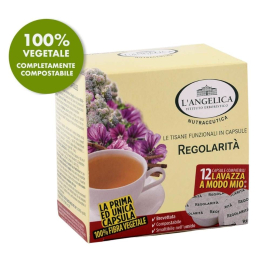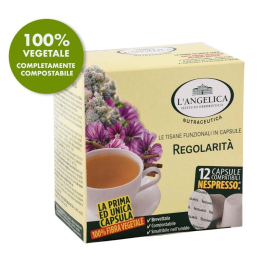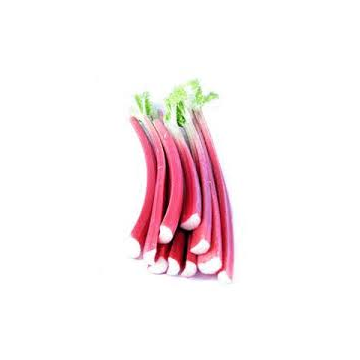FREE SHIPPING FROM 35 €
Search
Natural Ingredients
Rhubarb
Laxative action
Rhubarb is rich in polyphenols, especially flavonoids and tannins; anthracene derivatives (reina), to whom it is also ascribed the ability to stimulate the secretion of gastric juices which are primarily responsible for the stimulation of intestinal peristalsis. At low doses the action is mainly digestive while at higher doses the plant has a positive effect on the regularity of bowel movements. The active molecules and responsible of the laxative action are hydroxyanthracene derivated passing unharmed through the stomach and the small intestine and then, activated and metabolised by the bacterial flora at this level, stimulating cells of the intestinal mucosa favouring the intestinal peristalsis. It is contraindicated in children under 12, pregnant and lactating women (makes the milk taste unpleasant to the baby), in case of occlusion or sub-bowel obstruction and in those suffering from diverticula.
I nutraceutici
- 3-12% hydroxyanthracene derivatives:
- 80% anthraquinone glycosides (aglycones: emodin, aloe-emodin, reina, fiscione, chrysophanol), 10-25% glycosides diantronici
- 2-3% flavonoids
- 5-10% tannins
It is recommended intake only in the presence of episodes of occasional constipation since the continuous use for more than eight to ten days makes addictive, and therefore less effective.
The sticks, ruby red in colour, are widely used in cooking, mainly in pastry for their particular ar
Once taken, the rhubarb is able to vary the colour of urine in an intense yellow, sometimes also red.





